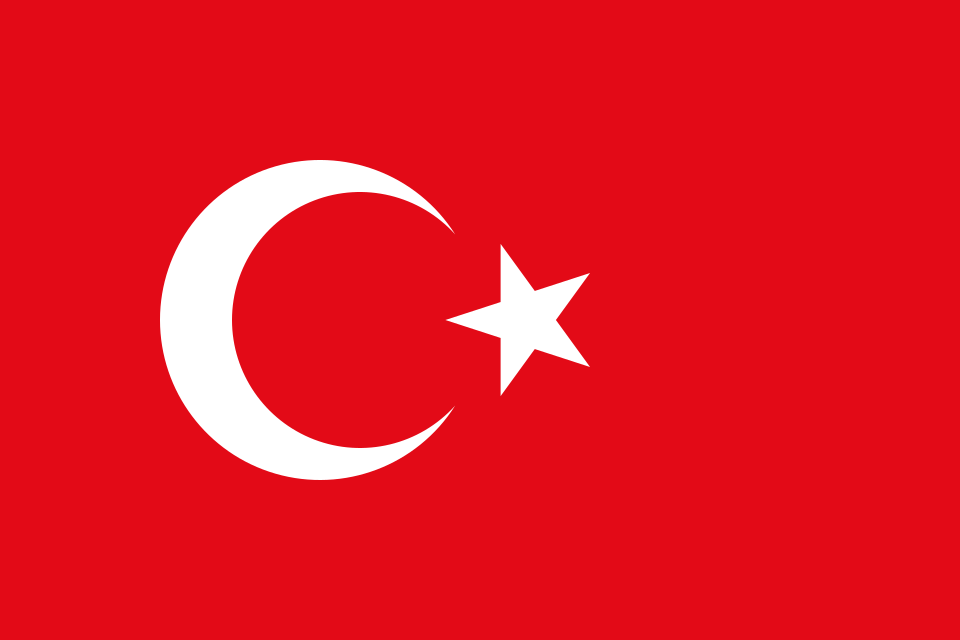Scoliosis is a spinal disorder characterized by a sideways curvature of the spine, which can develop due to structural or functional causes. It most commonly appears during adolescence. While a healthy spine runs in a straight line, in individuals with scoliosis the spine curves in a “C” or “S” shape. This curvature may be limited to a single area or affect multiple segments of the spine, creating a more complex structure. Over time, this condition can lead to posture problems, asymmetry in physical appearance, and, in advanced cases, pressure on internal organs. Severe curvatures in the rib cage region may restrict lung expansion, causing breathing difficulties. Scoliosis often progresses without pain and can be difficult to detect in mild cases, which is why regular check-ups, especially for children, are important.
When Does Scoliosis Usually Occur?
Scoliosis can occur at any age but is most commonly seen during adolescence, between the ages of 10–16, when children go through rapid growth. During this period, the developing bone structure makes the spine more vulnerable to internal and external factors. Early-onset scoliosis can progress quickly if left untreated, potentially leading to more serious issues in adulthood.
Early signs of scoliosis in children may include clothes not fitting symmetrically, one shoulder being higher than the other, or one shoulder blade protruding more than the other.
The most common symptoms of scoliosis include:
- Uneven shoulder levels
- Asymmetry in the waist or hips
- Visible curvature of the body
- Back, waist, or neck pain
- Clothes not fitting properly
- Difficulty breathing (in advanced cases)

Causes of Scoliosis
The causes of scoliosis are varied and often linked to an underlying condition. They are generally classified into four main categories: idiopathic, congenital, neuromuscular, and degenerative scoliosis.
Causes may differ for each individual, and without an accurate diagnosis, effective treatment is not possible. For this reason, determining the source of scoliosis requires a detailed physical examination, imaging techniques, and, if necessary, neurological tests. Understanding the cause of scoliosis is important not only from a medical perspective but also for determining the necessary treatment plan. With accurate diagnosis and timely treatment, scoliosis can be managed.
- Idiopathic Scoliosis: The most common type, accounting for about 80% of cases. The term “idiopathic” means that the exact cause is unknown. This type usually appears during the adolescent growth spurt and is not linked to any bone, muscle, or nerve disease. It is more common in girls than boys, and the curvature often begins in the thoracic spine.
- Congenital Scoliosis: This develops when the spinal bones do not form properly while the baby is still in the womb. Some vertebrae may be incompletely developed or fused together. These structural abnormalities can be detected early after birth. The progression of the curve can change as the child grows, so regular monitoring from childhood is essential. Specific treatments may be required to prevent worsening.
- Neuromuscular Scoliosis: Caused by functional disorders of the muscles or nervous system. Diseases affecting the brain, spinal cord, or muscles can weaken the muscles that support the spine, making scoliosis more likely.
- Degenerative (Adult-Onset) Scoliosis: Typically occurs in adults over 40 as a result of wear and tear on the spine due to aging. Over time, the discs between the vertebrae and the facet joints weaken, leading to spinal imbalance.





